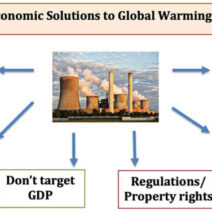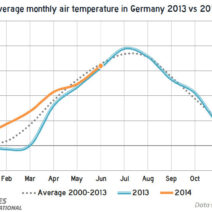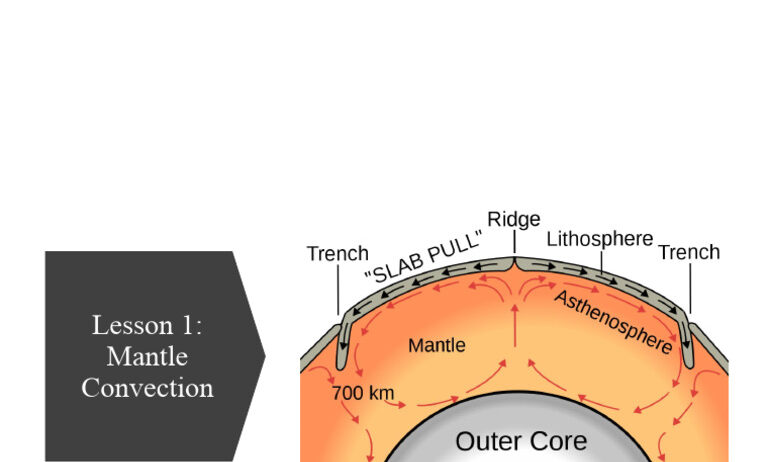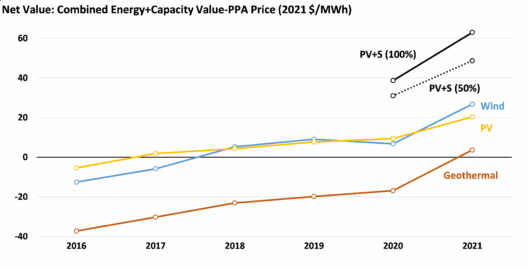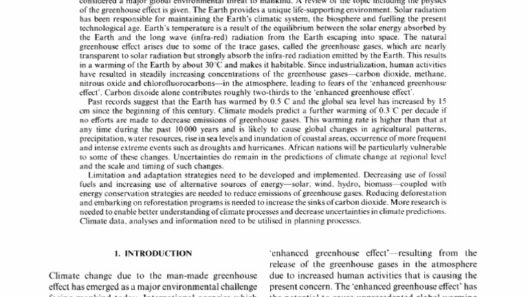The intricate tapestry of Earth’s climate mechanism is woven from countless threads, each contributing to the grand design of our planet’s atmospheric dynamics and climate systems. Understanding these mechanisms is paramount in the face of climate change that threatens both natural ecosystems and human societies. This comprehensive guide aims to elucidate the complexities of Earth’s climate system, exploring its components, interactions, and the implications of these interactions on our environment.
Climate as a Multi-Dimensional Phenomenon
At its core, climate refers to the long-term patterns of temperature, humidity, wind, and precipitation in a particular area. Unlike weather, which may fluctuate from day to day, climate presents a broader canvas that reflects the average conditions over extended periods—typically defined as 30 years. Climate is shaped by various factors, such as solar radiation, ocean currents, atmospheric composition, and the terrestrial landscape.
The Solar Influence: Powering the Planet
The sun is the primary driver of Earth’s climate system. Solar radiation reaches our planet and is absorbed, reflected, and redistributed. This energy influences atmospheric temperatures and drives weather patterns. The Earth’s tilt and orbit introduce seasonal variations, while phenomena such as solar cycles affect climate over longer periods.
Solar radiation is not uniform across the planet; areas near the equator receive more direct sunlight year-round compared to polar regions. This uneven distribution leads to differential heating, which is fundamental in creating atmospheric circulation patterns. Warm air rises along the equator while cooler air sinks at higher latitudes, establishing the two-cell model of atmospheric circulation known as the Hadley and Ferrel cells, ultimately leading to prevailing wind patterns.
Oceans: The Climate Regulator
Oceans play a crucial role in climate regulation by acting as both a reservoir and a conveyor belt of heat. They absorb about 90% of the excess heat generated by greenhouse gases, thereby moderating global temperatures. Ocean currents—such as the Gulf Stream—transport warm water from the tropics to polar regions, influencing regional climates.
Processes such as evaporation and condensation further modify atmospheric conditions. When water evaporates, it absorbs heat, cooling the ocean surface. Conversely, when water vapor condenses back into liquid water, it releases heat into the atmosphere, warming the air. This cycle of evaporation and condensation facilitates weather patterns, including cyclones and monsoons.
The Role of Greenhouse Gases: A Double-Edged Sword
Greenhouse gases (GHGs) such as carbon dioxide, methane, and nitrous oxide are critical to maintaining Earth’s temperature. They trap heat in the atmosphere, creating a natural greenhouse effect that keeps the planet warm enough to sustain life. However, anthropogenic emissions have intensified this effect, leading to unprecedented warming—commonly referred to as global warming.
The carbon cycle is a significant aspect of the climate mechanism that outlines how carbon is exchanged between the atmosphere, oceans, soil, and living organisms. Deforestation, fossil fuel combustion, and industrial processes release vast amounts of carbon dioxide into the atmosphere, disrupting the natural balance. Conversely, initiatives to reduce emissions, such as reforestation and the adoption of renewable energy, are vital in mitigating climate change.
Feedback Loops: The Climate’s Tipping Points
Feedback loops can either amplify or dampen the effects of climate changes. One notable example is the albedo effect, where ice and snow reflect sunlight. As global temperatures rise, ice melts, reducing albedo, and leading to further warming. Similarly, the release of methane from thawing permafrost poses a substantial risk, as this greenhouse gas is significantly more potent than carbon dioxide in warming the atmosphere.
Understanding feedback mechanisms is crucial for predicting climate trajectories and preparing for potential tipping points—thresholds beyond which the climate system may irreversibly change. The loss of coral reefs and the decline in biodiversity serve as warnings of such possibilities.
Anthropogenic Impacts: The Human Footprint on Climate
Human activity has fundamentally altered Earth’s climate through extensive land-use changes, industrialization, and the burning of fossil fuels. Urbanization and industrial processes contribute heavily to greenhouse gas emissions, and agriculture itself is responsible for a significant portion of methane and nitrous oxide emissions. As populations rise, the demand for resources intensifies, further exacerbating climate pressures.
Addressing climate change requires a multi-faceted approach that integrates sustainable practices across sectors. Transitioning to renewable energy sources, enhancing energy efficiency, and advocating for environmental policies can significantly reduce the human footprint on the climate.
Future Directions: The Path Ahead
Mitigating climate change hinges on understanding its complexity and interconnectivity. Future climate models must incorporate not only natural processes but also socio-economic factors, public health implications, and regional disparities. Climate education is imperative: it empowers individuals and communities to take informed actions in reducing carbon footprints and fostering sustainable practices.
Global cooperation is essential, as climate change knows no borders. International accords, such as the Paris Agreement, aim to unite countries in combating climate change. Real progress relies on a collective commitment to reducing emissions, fostering innovation, and investing in climate resilience strategies vulnerable communities.
In conclusion, Earth’s climate mechanism is an intricate network of interactions and processes shaped by both natural systems and human activity. By deepening our understanding of these mechanisms and taking actionable steps, we can cultivate a sustainable future that respects and preserves the delicate balance of our planet’s climate systems.
